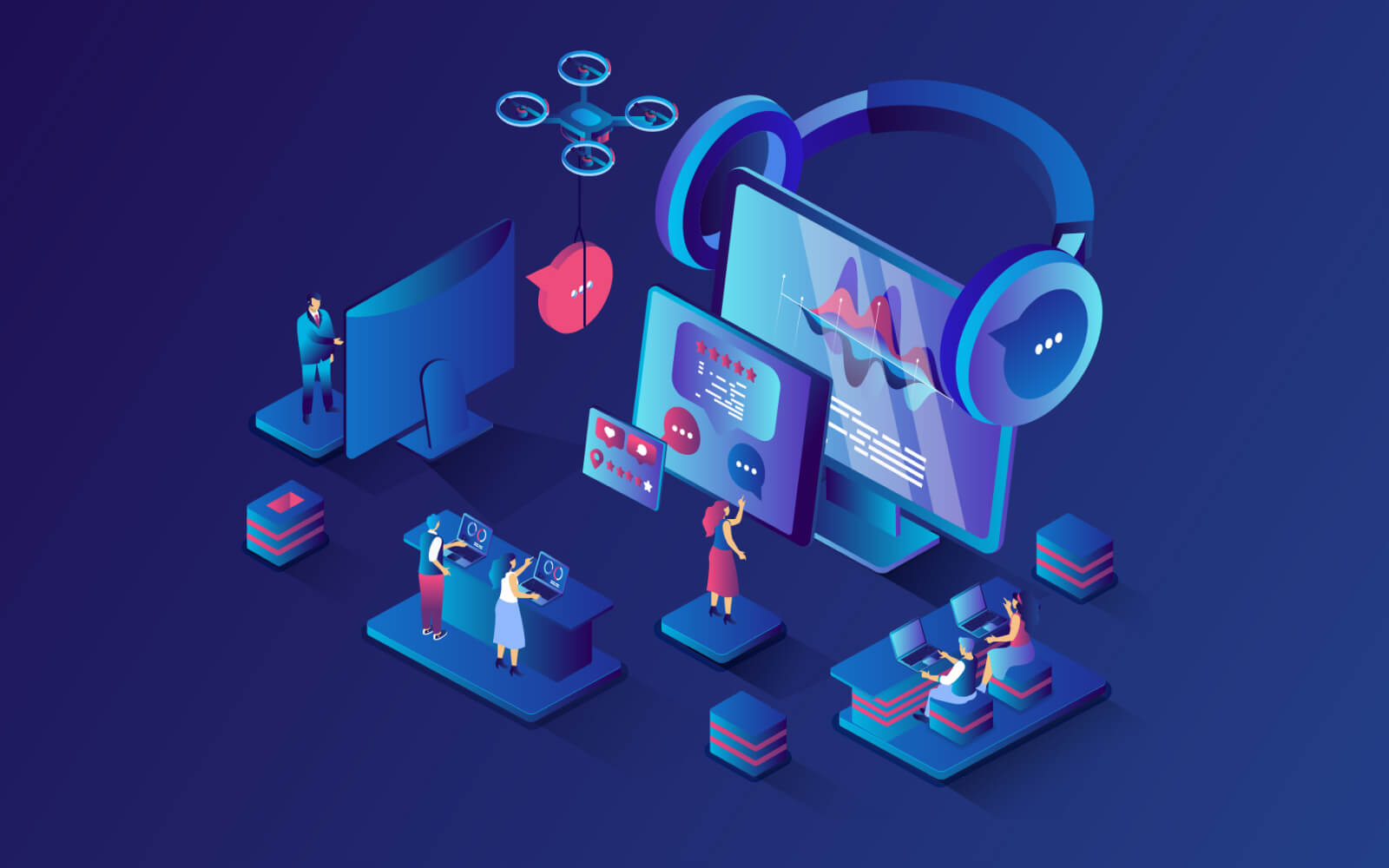In today’s fast-paced digital world, staying attuned to your audience’s conversations is more crucial than ever. Enter the realm of social listening platforms—a powerful tool that allows businesses to tap into the pulse of social media. But what exactly is a social listening platform, and why is it so vital for modern businesses? Let’s dive into the essence of social listening and explore how these platforms can transform your strategy.
How Social Listening Platform Work

The Technology Behind Social Listening
At its core, a social listening platform leverages advanced algorithms and natural language processing to track and analyze social media conversations. This technology scans various platforms—like Twitter, Facebook, and Instagram—to gather mentions, comments, and trends related to specific keywords or brands.
Key Features and Functionalities
Social listening platforms are equipped with a range of features designed to provide comprehensive insights. These include sentiment analysis, trend identification, and real-time alerts. By monitoring discussions around your brand or industry, these platforms offer a window into public perception and emerging trends.
Benefits of Using Social Listening Platforms
Real-Time Insights
One of the primary benefits of social listening is the ability to gain real-time insights into what people are saying about your brand. This immediate feedback can help you respond quickly to customer concerns or capitalize on positive trends.
Enhanced Customer Engagement
Engaging with your audience is key to building strong relationships. Social listening platforms enable you to identify opportunities for interaction, allowing you to address customer feedback and participate in relevant conversations.
Competitive Analysis
Understanding your competitors is essential for strategic planning. Social listening platforms provide valuable insights into competitors’ performance, audience sentiment, and market positioning, helping you to stay ahead of the curve.
Crisis Management
In times of crisis, being aware of the conversation around your brand can be crucial. Social listening helps you monitor and manage negative sentiment, allowing you to take proactive steps to mitigate damage.
Types of Social Listening Platforms
Free vs. Paid Platforms
There are various social listening platforms available, ranging from free tools with basic features to advanced paid solutions offering in-depth analytics. Free platforms can be a good starting point, but paid options often provide more robust functionalities and support.
Specialized Platforms for Different Industries
Some platforms cater specifically to certain industries, offering tailored features to address unique needs. For example, a platform designed for retail might include features for tracking product mentions and customer reviews.
Choosing the Right Social Listening Platform
Factors to Consider
When selecting a social listening platform, consider factors such as ease of use, the comprehensiveness of analytics, integration capabilities, and cost. It’s important to choose a platform that aligns with your specific needs and goals.
Popular Platforms and Their Features
Several platforms are renowned for their capabilities, including AIM Insights, Sprout Social, and Hootsuite. Each offers unique features, from advanced sentiment analysis to customizable reporting, so evaluating your options is crucial.
Best Practices for Effective Social Listening
Setting Clear Objectives
Before diving into social listening, define what you aim to achieve. Whether it’s improving customer service or understanding market trends, having clear objectives will guide your use of the platform.
Analyzing and Interpreting Data
Data alone isn’t useful without proper analysis. Learn how to interpret the data collected, focusing on key metrics like sentiment, engagement, and trend patterns.
Integrating Insights into Strategy
The ultimate goal of social listening is to inform your strategy. Use the insights gained to make data-driven decisions, refine your marketing efforts, and enhance overall business performance.
Case Studies and Examples
Success Stories from Leading Brands
Many brands have successfully leveraged social listening to achieve significant results. For example, Starbucks uses social listening to engage with customers and tailor their marketing campaigns effectively.
Lessons Learned from Social Listening
Analyzing case studies reveals common strategies and pitfalls. Learning from these examples can help you avoid mistakes and adopt best practices for your own social listening efforts.
Future Trends
Advancements in Technology
The field of social listening is constantly evolving. Emerging technologies, such as AI and machine learning, are enhancing the accuracy and depth of social listening insights.
The Role of Artificial Intelligence
AI is increasingly playing a role in social listening, offering more sophisticated analysis and predictions. As AI technology advances, expect even more powerful tools for understanding social media conversations.
Challenges and Limitations
Common Pitfalls
Despite its benefits, social listening isn’t without challenges. Common issues include data overload, inaccurate sentiment analysis, and difficulty integrating insights into actionable strategies.
How to Overcome These Challenges
Addressing these challenges requires a strategic approach. Implementing best practices, investing in high-quality tools, and continuously refining your processes can help you overcome common obstacles.
Conclusion
In conclusion, social listening platforms are a vital tool for any modern business. They offer real-time insights, enhance customer engagement, and provide valuable competitive analysis. By choosing the right platform and applying best practices, you can harness the power of social listening to drive your business forward.
If you’re ready to take your social listening capabilities to the next level, consider requesting a demo from AIM Technologies. Our advanced solutions can provide deeper insights and more precise data to enhance your social media strategy.
FAQs
What is the difference between social listening and social monitoring?
- Social listening focuses on analyzing the overall sentiment and trends from social media conversations, while social monitoring is more about tracking specific mentions or keywords in real-time.
How can small businesses benefit from social listening?
- Small businesses can use social listening to gain valuable customer insights, improve their products or services, and engage with their audience effectively, often at a lower cost than traditional market research.
What are the top features to look for in a social listening platform?
- Key features to consider include sentiment analysis, trend identification, real-time alerts, customizable reporting, and integration capabilities with other tools.
How often should a business review its social listening reports?
- The frequency of review depends on your objectives and industry. Generally, weekly or monthly reviews are beneficial for staying updated on trends and making timely adjustments.
Can social listening help in improving product development?
- Yes, social listening provides valuable feedback from customers that can inform product development, helping you identify areas for improvement and new opportunities.




